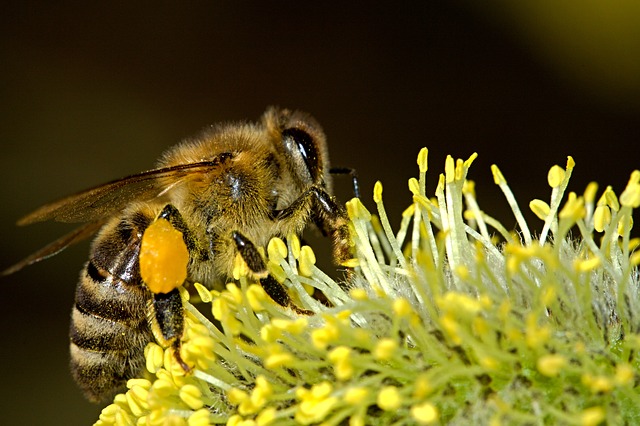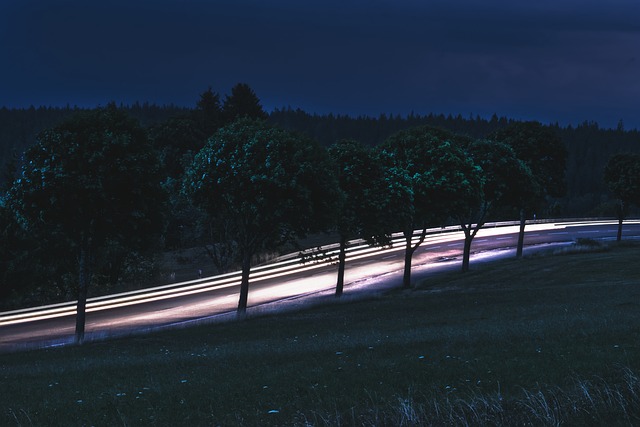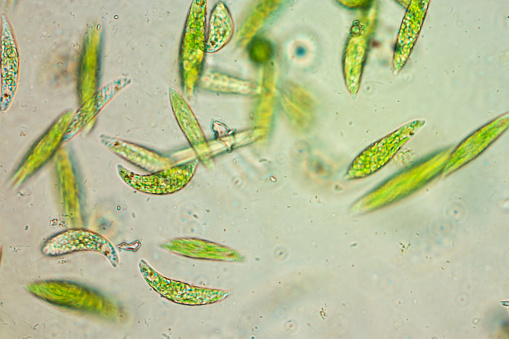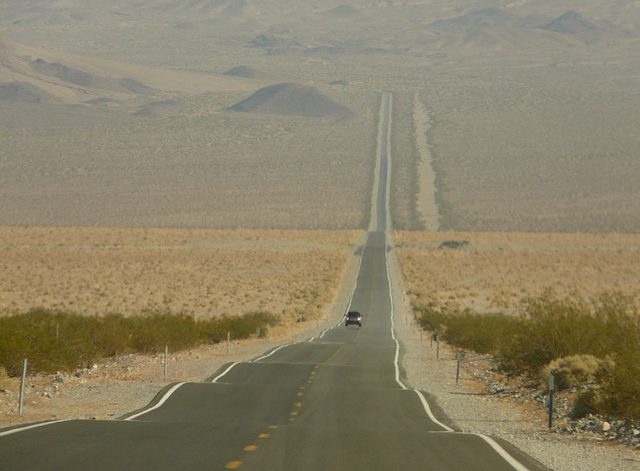INTRODUCTION:
Pollination: To transfer pollen from an anther of an angiosperm (flowering plants) to a stigma of a flower for reproduction.
Pollinator: An insect or animal that carries pollen from one flower to another.
Pollinator Decline: The term pollinator decline refers to the reduction in amount of insect or animal pollinators in the ecosystem. This decline began at the end of the 20th century, and has continued to the present day.
Common Pollinators: Bees, Butterflies, Bats, Ants, Beetles, Wasps, Flies and Others like birds such as parrots and hummingbirds.
Also read: Impact Of Agricultural Practices On Butterfly Populations In Pakistan
BEES AS POLLINATORS:
More than 3,500 species of bees are present that pollinate a huge amount of different plants. They are the most important pollinators.
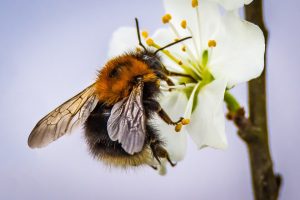
Also check out: 10 Reason of Why Butterflies are Dying and How We Can Save Them
IMPORTANCE OF BEES AS POLLINATORS:
- Bees depend on nectar and pollen for food but we depend on Bees as pollinators for our food more..
- 71 of the 100 crops that provide 90% of world’s food are pollinated by bees and honey bees
- Contributes nearly $217 billion to the global economy
- Honey bees are responsible for pollinating one in three bites of food we eat [Source: REE USDA]
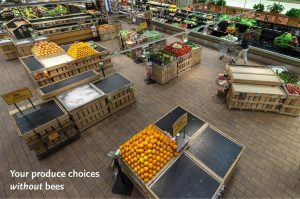
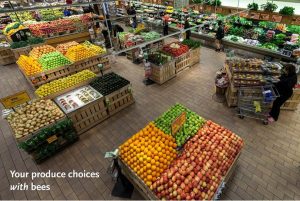
BEE’S POLLINATION STATISTICS:
The % of crop plants pollinated by bees:
- 100% Almond
- 90% Apple
- 90% Broccoli
- 90% Blueberry
- 90% Onion
- 80% Cherry
- 80% Celery
- 65% Onion
- 2% Peanut
- 1% Grape
Other foods include: Potatoes, Strawberries, Oranges, Watermelons, Cucumbers, Bananas, Blueberries, Melons, Peaches, Pumpkins, Chocolate, Coffee.
Check out 10 Favourite Food Items At Risk of Extinction In Near Future

Your breakfast with bees.
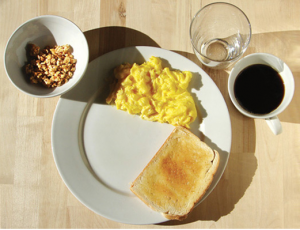 Your breakfast without bees!
Your breakfast without bees!
CAUSES OF DECLINE IN THE BEE POPULATION:
- Numbers of native pollinators have declined dramatically in the last 40 years.
- Agricultural Pesticides.
- Varroa, an introduced parasite mite.
- Bacterial, Fungal and Virus diseases.
- Beekeepers and their practices-Use of bees as honey machines. Beehive Transport. Supplemental Sugar Food , Killing the native Queen bee.
- Loss of natural habitat, namely food and nesting areas, is a key factor in bee population decline.
- Modern Agricultural Practices – Crop monoculture, insecticides etc.
- Colony Collapse Disorder is a mysterious phenomenon, first reported in 2006, characterized by the sudden die-off of honey bee colonies. Scientists are still unsure as to the causes of CCD, but it surely is anthropogenic.
- Hive destruction by by homeowners and other property owners.
- Light pollution – Increasing use of outside artificial lights interfere with the navigational ability.
- Air pollution – air pollution from automobiles and power plants has been making it difficult for the pollinators such as bees to find the fragrances of flowers. Pollutants such as ozone, hydroxyl, and nitrate radicals bond rapidly with volatile scent molecules of flowers, which as a result travel shorter distances and thus can’t attract pollinators.
- Changes in seasonal behaviour due to global warming, effecting the plants’ flowering cycles.
For more information, check out: Modern Lawns Destroying Our Environment – Gardens Are Better
SOLUTIONS TO THE ISSUE OF BEE POLLINATOR DECLINE:
- Conservation and restoration efforts – to sustain pollinator diversity in agro and natural eco-systems, by government and private organizations, such as planting urban forests and different native plant species around the cities etc. [Check out how the Current government of Pakistan is creating 50 New Forests in Pakistan’s major metropolitan city Lahore after Miyawaki Urban Forest.]
- Use of alternative pollinators, such as for example, leaf cutter, alkali bees and bumblebees etc.
- Banning and stricter regulation of pesticides toxic to bees.
- Protect pollinator health by preserving wild habitat.
- Restore ecological agriculture and promote organic farming.
- Installation of nest boxes for native bee populations.
- Controlling air pollution.
- Spreading awareness about the importance of bees as pollinators.
You might also want to read: Rooftop Vegetation and Vertical Gardening – Solution to Self-Sustenance
WHAT CAN WE DO TO SAVE BEES?
- Get rid of your lawn altogether and plant a garden or other natural habitat.
- Don’t use pesticides.
- Use local native plants – 4x more attractive to native bees than exotic flowers.
- Chose several colors of flowers. Blue, purple, violet, white, and yellow.
- Plant flowers in clumps. Attract more pollinators than individual plants.
- Include flowers of different shapes. There are about 4000 species of bees in North America, and they are of different sizes, have different tongue lengths, and will feed on different shaped flowers, thus making sure you provide them with multiple options is a great way of ensuring you are helping your tiny friends in pollination.
- Have a diversity of plants flowering all season.
- Plant where bees will visit. Bees favor sunny spots over shade and shelter from winds.
Also check out: 10 Plants That You Can Grow In Water At Home
CONCLUSION:
Saving bees is extremely crucial for human beings as bees are responsible for the production of majority of our food crops. Bees are one of the most important pollinators and sadly due to human activities discussed above, the number of bees and other pollinators is decreasing at an alarming rate. Thus, it is imperative that efforts are made to curb the issue of pollinator decline.
Check out: 15 Easy Ways To Make Your Home Environmental Friendly/Green
I hope you all liked this post! Please comment below if you have any suggestions, comments, or feedback! We at #envpk love hearing from our readers! Thanks!

